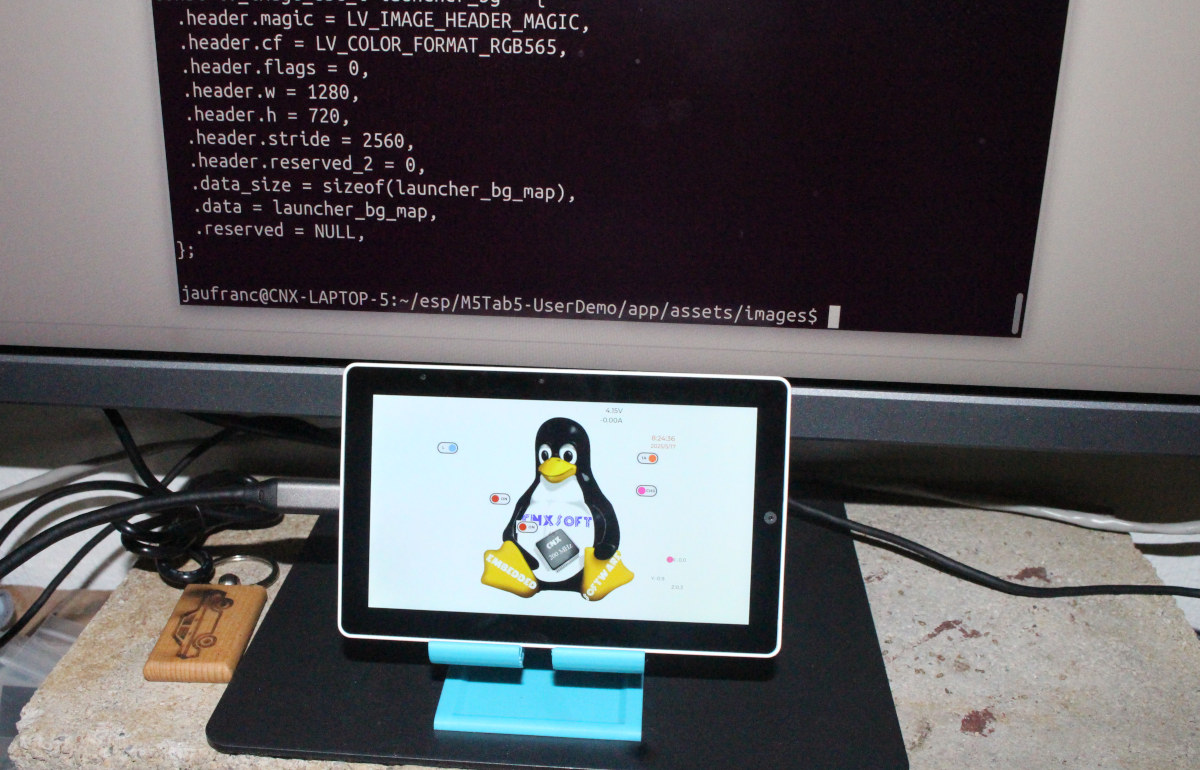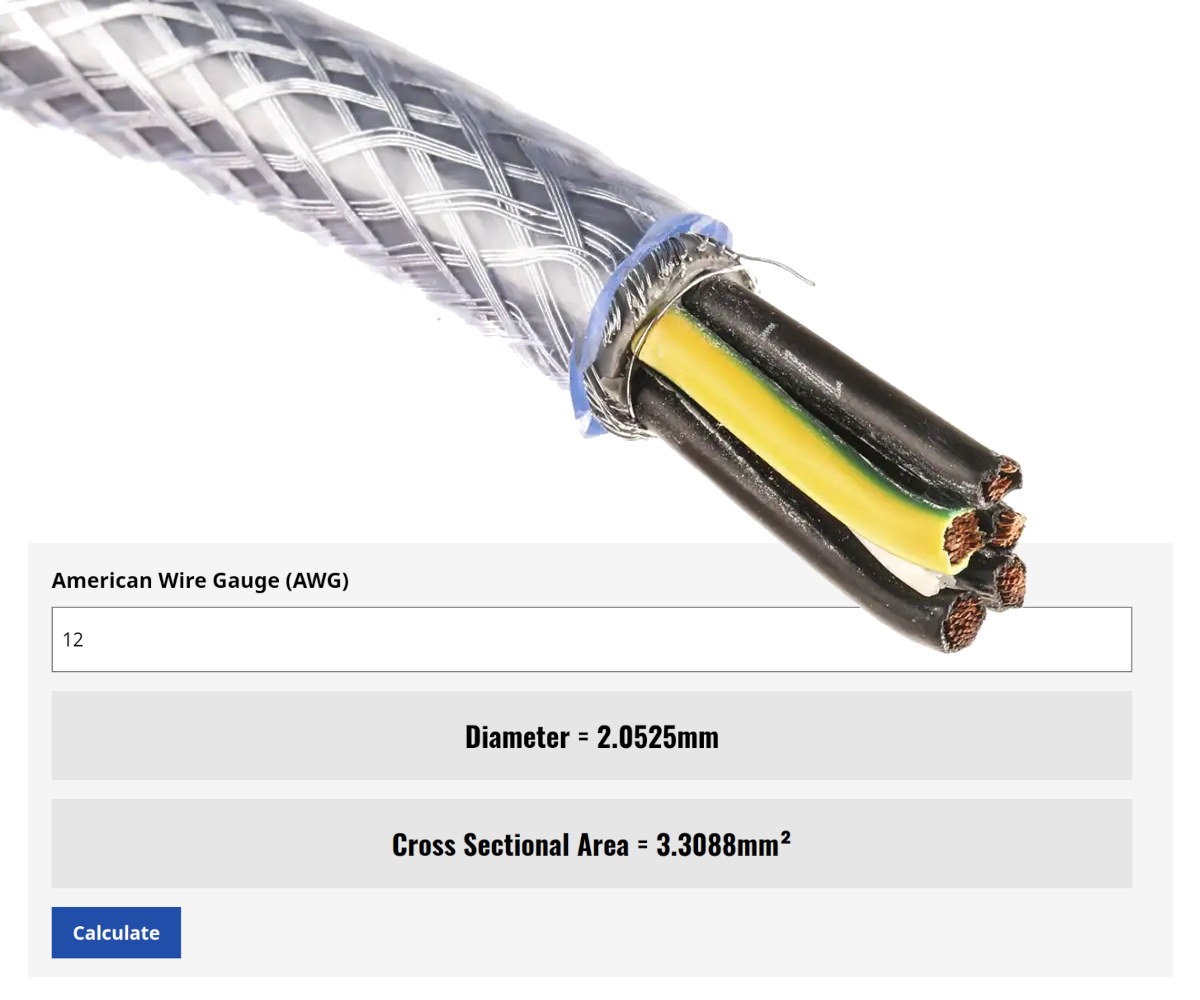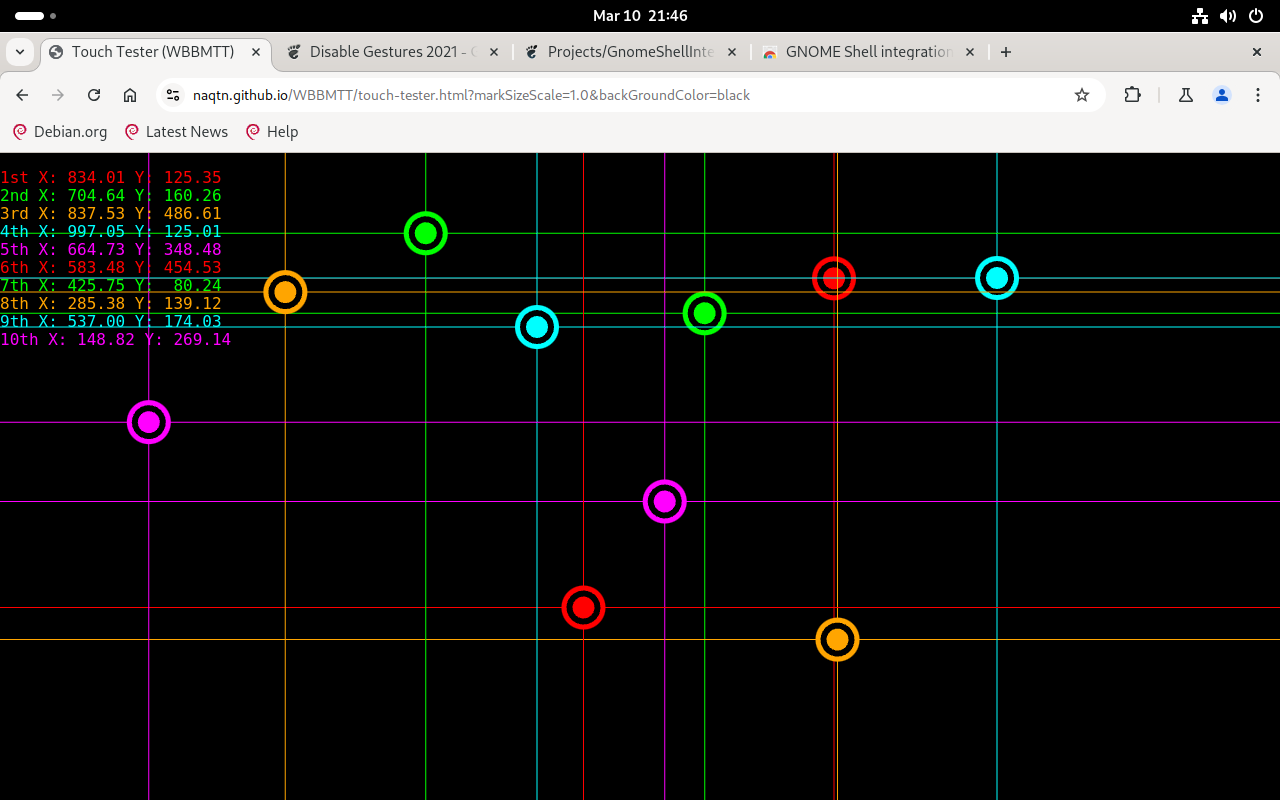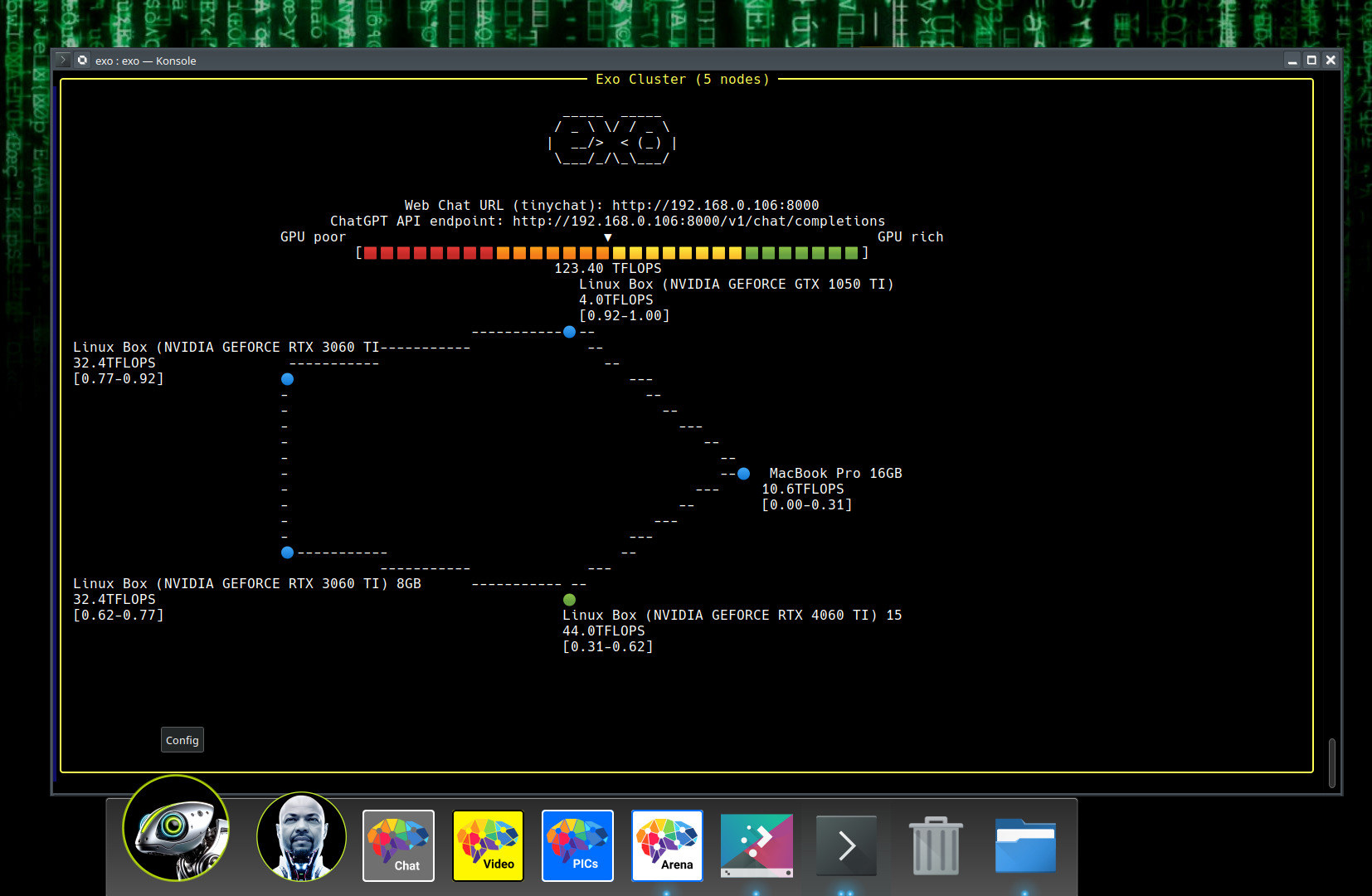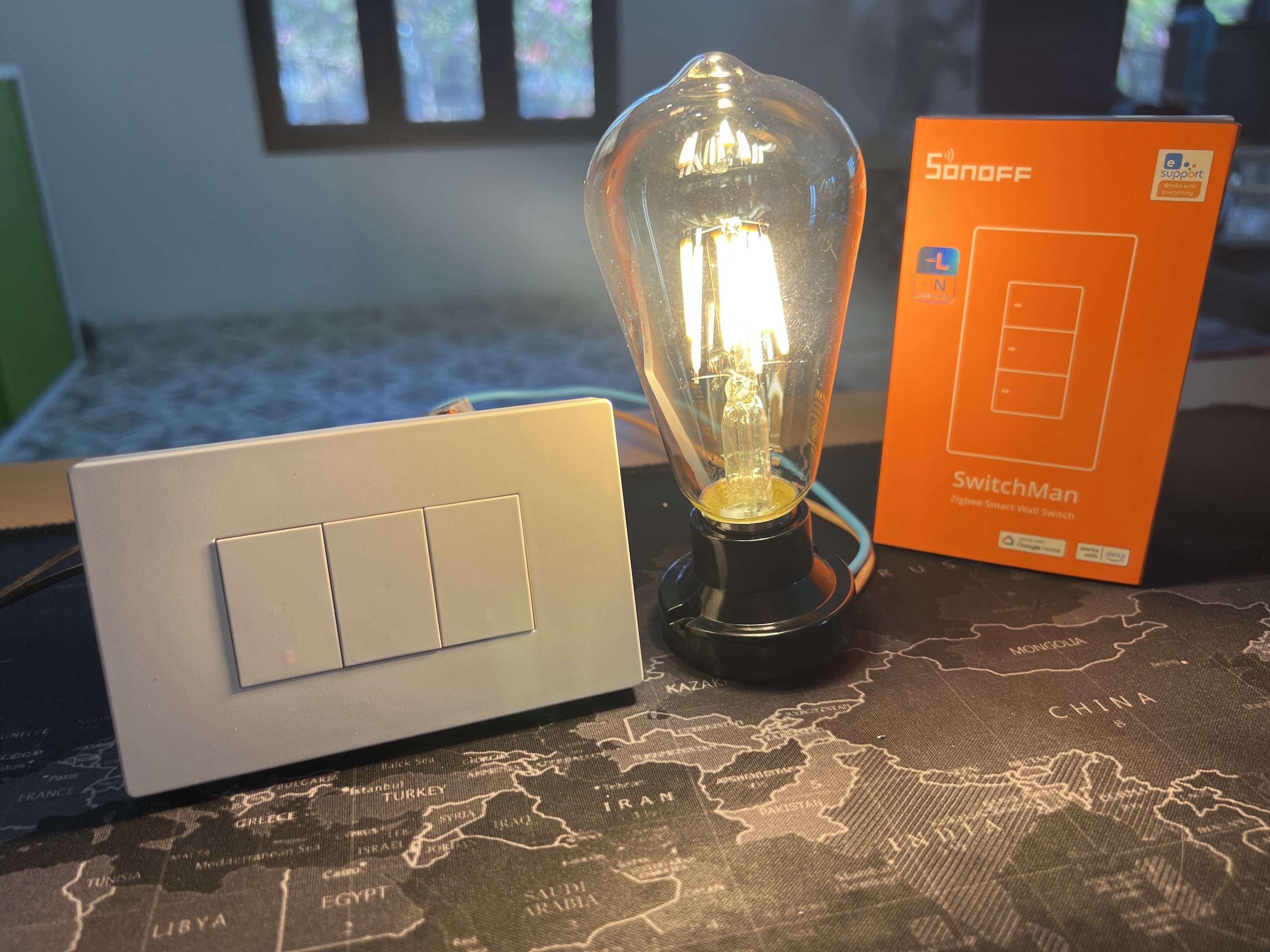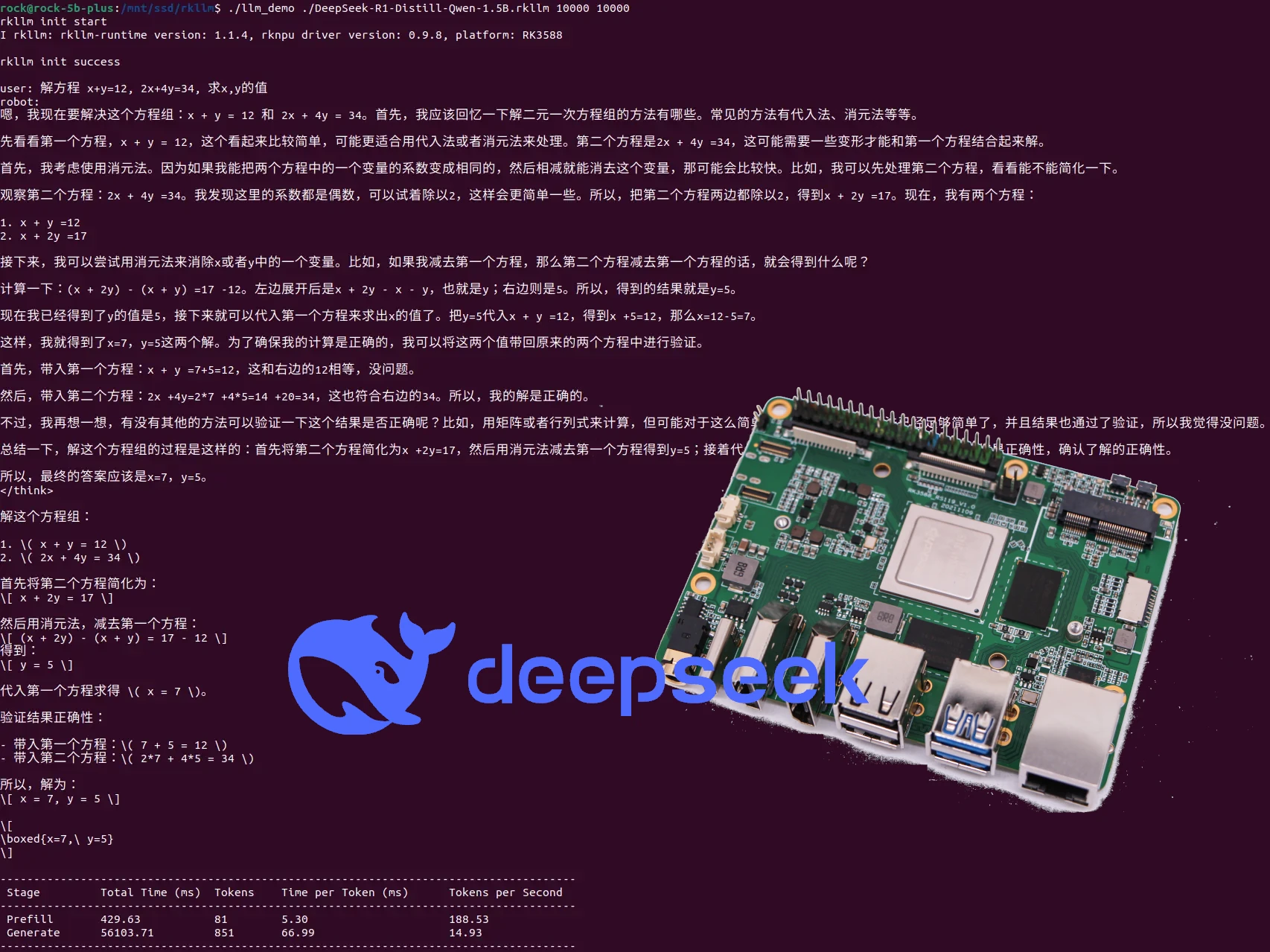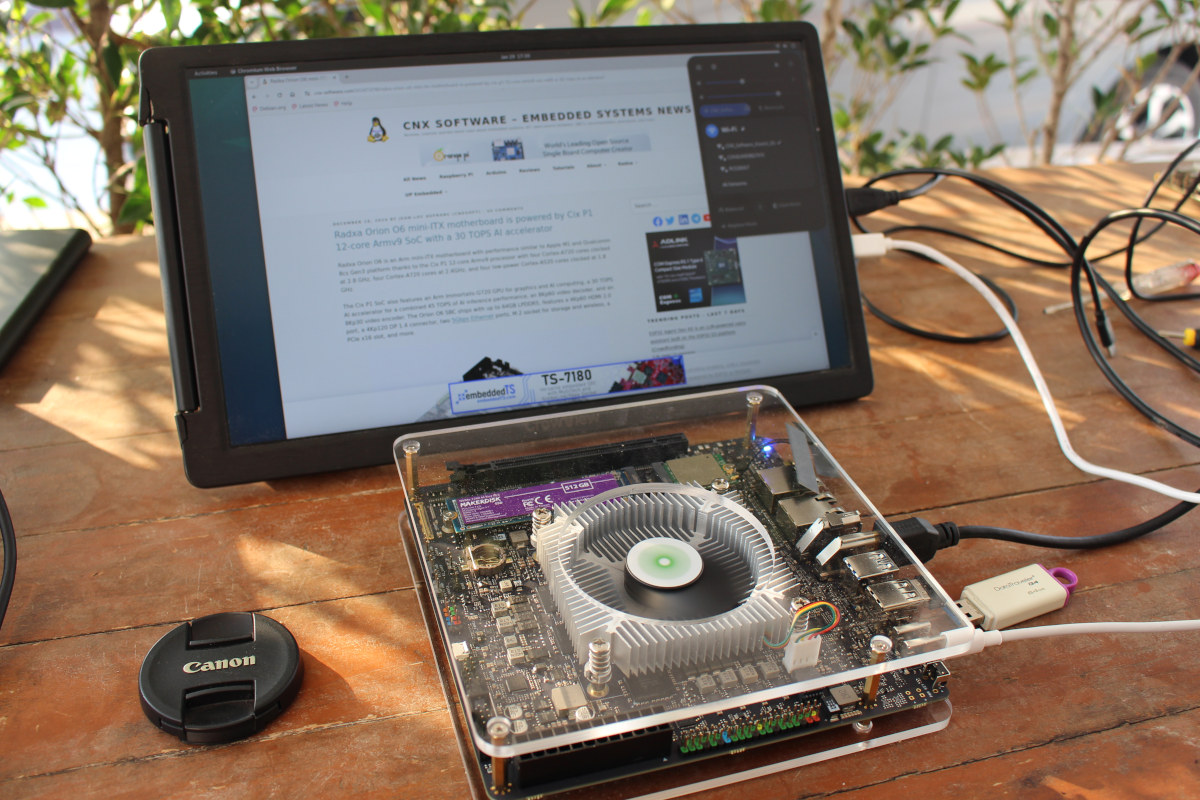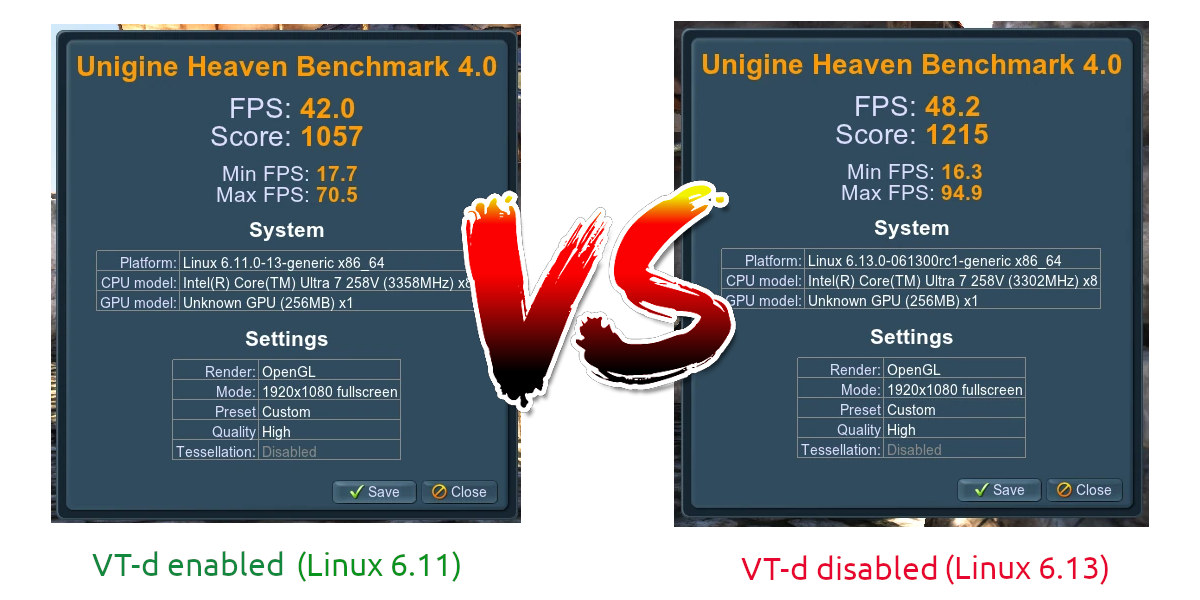In the first part of the review, we checked out the hardware of the M5Stack Tab5 ESP32-P4 IoT development kit and tried the demo firmware, whose user interface allows the user to quickly experiment with the camera, microphone, speaker, WiFi, power consumption, GPIOs, RS485, and more. Since there’s no user application for the Tab5 at this stage, I decided to look into software development resources for the ESP32-P4 devkit in the second part of the review. I’ll first follow the instructions to build the demo firmware from source using the ESP-IDF framework, then analyze key aspects of the source and make some small modifications. After that, I’ll have a look at ESP32-P4 Arduino support via M5Unified and M5GFX library. ESP-IDF 5.4.1 installation and ESP32-P4 Hello World program The first step is to get the ESP-IDF 5.4.1 and configure ESP32-P4 following the instructions on the Espressif website, before testing it with […]
AWG to mm² Conversion Explained: Wire Sizing for Safety and Performance (Sponsored)
It is of fundamental importance across a broad range of electrical projects to ensure the right wire size is chosen for the given application. Accordingly, then, there are few more critically needed skills among electricians and engineers than knowing how to convert from AWG to mm2. Before we go any further, let’s quickly set out these two units of measurement: “AWG”, of course, refers to American Wire Gauge – a standardised wire gauge system that goes back to the mid-19th century. As its name indicates, AWG is predominantly used in North America. In Europe and elsewhere in the world, however, millimetres squared, or “mm2”, see widespread use for directly measuring a cable’s cross-sectional area, or CSA. In some contexts, then, you might see AWG being used, while in others, references to wire size may be in mm2. Being able to quickly convert between these two systems will help ensure both […]
Tips to use a touchscreen display with Raspberry Pi OS in 2025
I’ve just reviewed the SunFounder 10.1-inch touchscreen display with Raspberry Pi 5 running Raspberry Pi OS, and the experience was not quite as smooth as I had expected, so I’ll report some tips to save people time. The first is the software keyboard. Matchbox keyboard used to be the go-to solution, but two years ago, my preferred keyboard became the Onboard keyboard. Sadly, it’s not working so well with the latest Raspberry Pi OS using labwc Wayland window-stacking compositor, so now Raspberry Pi recommends squeekboard. It was not installed by default, but installation is fairly easy:
|
1 |
sudo apt install squeekboard |
It did not show up automatically when trying to type in a text field, maybe because I’m using a third-party touchscreen keyboard, but going to Raspberry Pi Configuration and setting On-screen Keyboard to Enabled always in the Display tab fixed that. I was able to type a URL/web search terms in the URL […]
exo software – A distributed LLM solution running on a cluster of computers, smartphones, or SBCs
You’d typically need hardware with a large amount of memory and bandwidth and multiple GPUs, if you want to run the latest large language models (LLMs), such as DeepSeek R1 with 671 billion parameters. But such hardware is not affordable or even available to most people, and the Exo software works around that as a distributed LLM solution working on a cluster of computers with or without NVIDIA GPUs, smartphones, and/or single board computers like Raspberry Pi boards. In some ways, exo works like distcc when compiling C programs over a build farm, but targets AI workloads such as LLMs instead. Key features of Exo software: Support for LLaMA (MLX and tinygrad), Mistral, LlaVA, Qwen, and Deepseek. Dynamic Model Partitioning – The solution splits up models based on the current network topology and device resources available in order to run larger models than you would be able to on any […]
SONOFF ZBM5 Review – A 3-gang Zigbee Smart Wall Switch tested with eWeLink and Home Assistant
We will be reviewing a smart home device from SONOFF that we recently received right after the New Year, the SONOFF SwitchMan Zigbee Smart Wall (ZBM5). This is SONOFF’s first Zigbee-enabled Smart Wall Switch. In addition to functioning as a smart wall switch, it can also act as a Zigbee Router, making it easier to expand your Zigbee network at home in one shot. One of the key features of the SONOFF ZBM5 is that it can either operate in with-neutral (N) or without-neutral (N) wiring setups. Typically, in the market, we see these as separate models: one for with-neutral and another for without-neutral. This feature adds more flexibility for users, especially those with wiring constraints in their homes. Let’s dive into the details. SONOFF ZBM5 Unboxing Inside the box, you’ll find a user manual, wall plugs, and the switch itself. The model we received has a rectangular shape (120mm) […]
DeepSeek shown to run on Rockchip RK3588 with AI acceleration at about 15 tokens/s
DeepSeek R1 model was released a few weeks ago and Brian Roemmele claimed to run it locally on a Raspberry Pi at 200 tokens per second promising to release a Raspberry Pi image “as soon as all tests are complete”. He further explains the Raspberry Pi 5 had a few HATs including a Hailo AI accelerator, but that’s about all the information we have so far, and I assume he used the distilled model with 1.5 billion parameters. Jeff Geerling did his own tests with DeepSeek-R1 (Qwen 14B), but that was only on the CPU at 1.4 token/s, and he later installed an AMD W7700 graphics card on it for better performance. Other people made TinyZero models based on DeepSeekR1 optimized for Raspberry Pi, but that’s specific to countdown and multiplication tasks and still runs on the CPU only. So I was happy to finally see Radxa release instructions to […]
Radxa Orion O6 Review – Part 1: Unboxing, Debian 12 installation, and first benchmarks
Radxa sent me a sample of the Orion O6 mini-ITX motherboard for review. The system is powered by an CIX P1 (CD8180) 12-core Armv9 processor, equipped with 16GB RAM, and offers features like 5GbE, HDMI and DisplayPort, a PCIe Gen4 x16 slot, and more. It’s one of the most anticipated boards of the first part of 2025 since it’s powerful, offers a good performance/value ratio, and eventually promises to boot any ISO Arm64 image through an open-source BIOS / EDKII bootloader. I’ll start this review with an unboxing, NVMe SSD and WiFi module installation, and a short tutorial showing how to install Debian 12 operating systems before getting some system information and running a few benchmarks. In a few weeks, I’ll publish a more detailed review with features testing and more benchmarks to see what works and what doesn’t at this very early stage. Radxa Orion O6 unboxing I received […]
Disabling VT-d improves Intel Arc GPU Linux performance on Meteor Lake and newer SoCs
In this post, I’ll check whether disabling VT-d virtualization support may improve the performance of the Intel Arc GPU in recent Meteor Lake or Lunar Lake SoC using a Khadas Mind Maker Kit with an Intel Core Ultra 7 258V CPU with Intel Arc 140V graphics running Ubuntu 24.10. A few days ago, I read a post on Phoronix about Intel publishing tips to improve the performance of Intel GPUs in Linux: Keep the system updated with the latest kernel and Mesa versions. Ensure SoC firmware is up-to-date. These firmware updates currently require installing the Windows graphics driver; firmware updates via fwupd are in progress. Use Wayland where possible, as it supports additional modifiers for better performance. For MTL (Meteor Lake) and newer integrated GPUs, disable VT-d if virtualization is not needed. For discrete GPUs: Enable ReBAR_ Enable ASPM_ I was especially curious about the line about disabling VT-d virtualization […]


